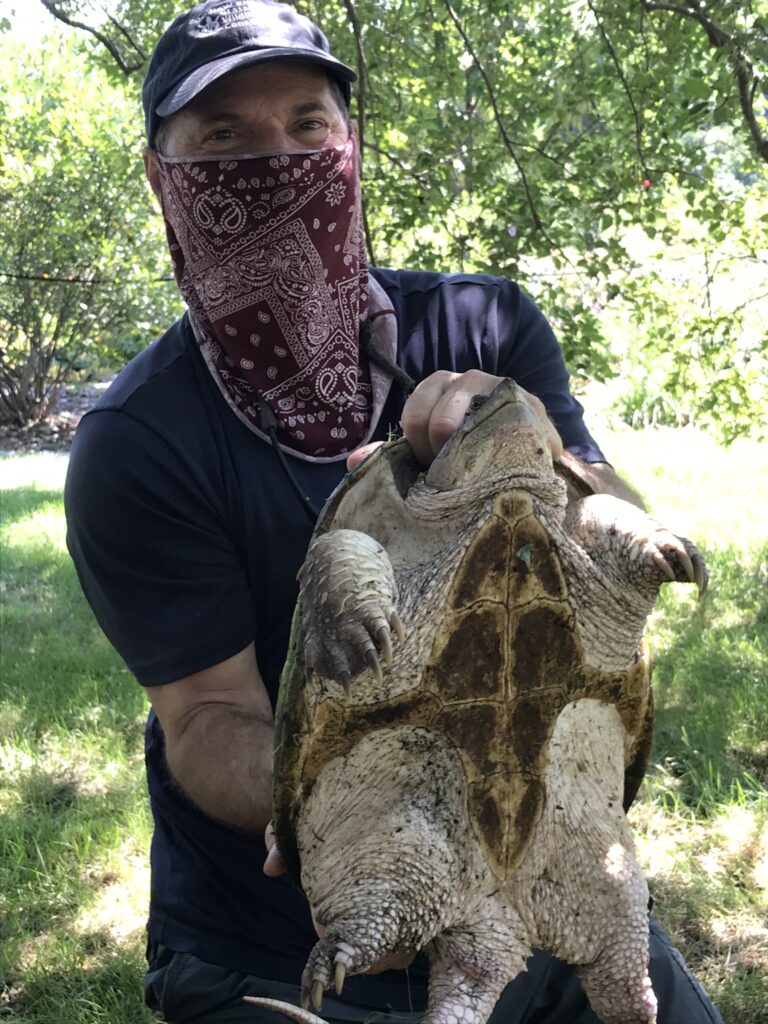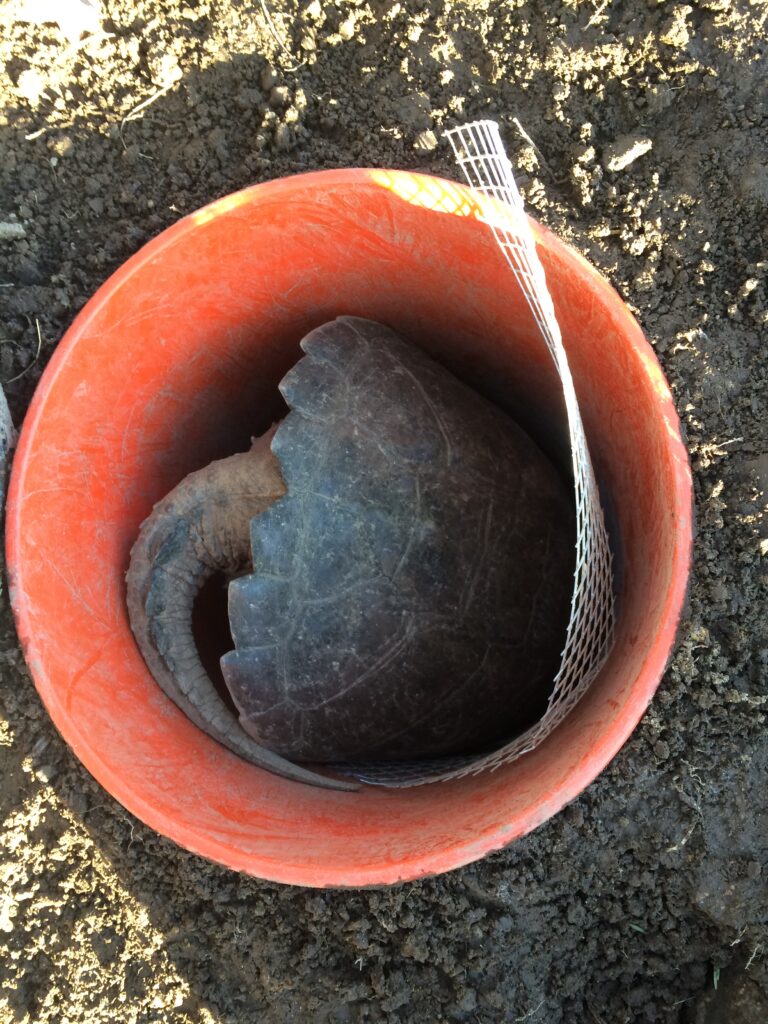Zoo New England has conservation partners all across the region. Many of them are towns, schools, or state agencies. In rare circumstances, a private landowner with a keen interest in conservation partners with us to protect wildlife on their property. One of the most interesting of these partnerships is our work with the Arnold Arboretum of Harvard University, one of the jewels in Boston’s Emerald Necklace. Read on below to learn what we’ve found in the Arboretum’s beautiful landscape.

ZNE was first contacted in 2020 by horticulturalist Brendan Keegan, who was interested in learning more about the wildlife using the three ornamental ponds around the Arboretum’s rose garden. ZNE’s Field Conservation team leapt at the chance – learning more about how turtles survive and thrive in urban environments is always worthwhile. Our team set out both large hoop traps for turtles and fish and smaller minnow traps for tadpoles and aquatic invertebrates. During that first year of sampling, we caught 21 individual painted turtles, 17 individual snapping turtles (including some real whoppers weighing almost 30 lbs!), and five individual sliders. The sliders were almost certainly released pets that were dumped at the Arboretum when their owners realized they were not prepared for a pet that grew so large or lived so long. We also found two species of fish (native brown bullheads and introduced common carp), three species of frogs (bullfrogs, green frogs, and grey tree frogs) and a wide variety of aquatic invertebrates.

After our initial survey, we also marked some of the largest snapping turtles with radios in order to track their seasonal movements. We learned that, in winter, the snappers often leave the three ponds and overwinter in The Meadow, a large, shallow wetland near the main visitors’ center. Our colleagues at the Arboretum were excited to learn more about their local wild residents, and were also happy to lend us their expertise helping us grow rare plants for our restoration projects, such as New England Blazing Star. Our survey turned out to be a timely one. In the spring of 2021, two of the three smaller ponds were due to be dredged to prevent them from drying out during drought years, so ZNE returned to the Arboretum for a second year to consult on how best to protect the turtles and other wildlife from dredging impacts. Together, we set up silt fences and pitfall traps to keep turtles out of the ponds being dredged and survey the movements of animals across the landscape. Occasionally, our pitfall traps caught something a little bigger than expected!

After dredging, ZNE biologists returned to survey the ponds again in late summer 2021, and we have just wrapped up our third year of sampling for 2022. We’ve now documented more than 35 unique individual painted turtles and 25 snapping turtles, as well as finding a new turtle species that no one knew lived at the Arboretum – the musk turtle. Our aquatic invertebrate and fish findings are also telling an interesting story of how the ponds are recovering from dredging. Invertebrate diversity seems to have dropped somewhat since dredging, but turtles and fish continue to have healthy populations in all three ponds. It is likely that invertebrate populations will recover as the pond banks cleared for dredging revegetate and provide insects with the food and shelter they need. We’ll be sure to update you as we learn more about this fascinating urban ecosystem.
